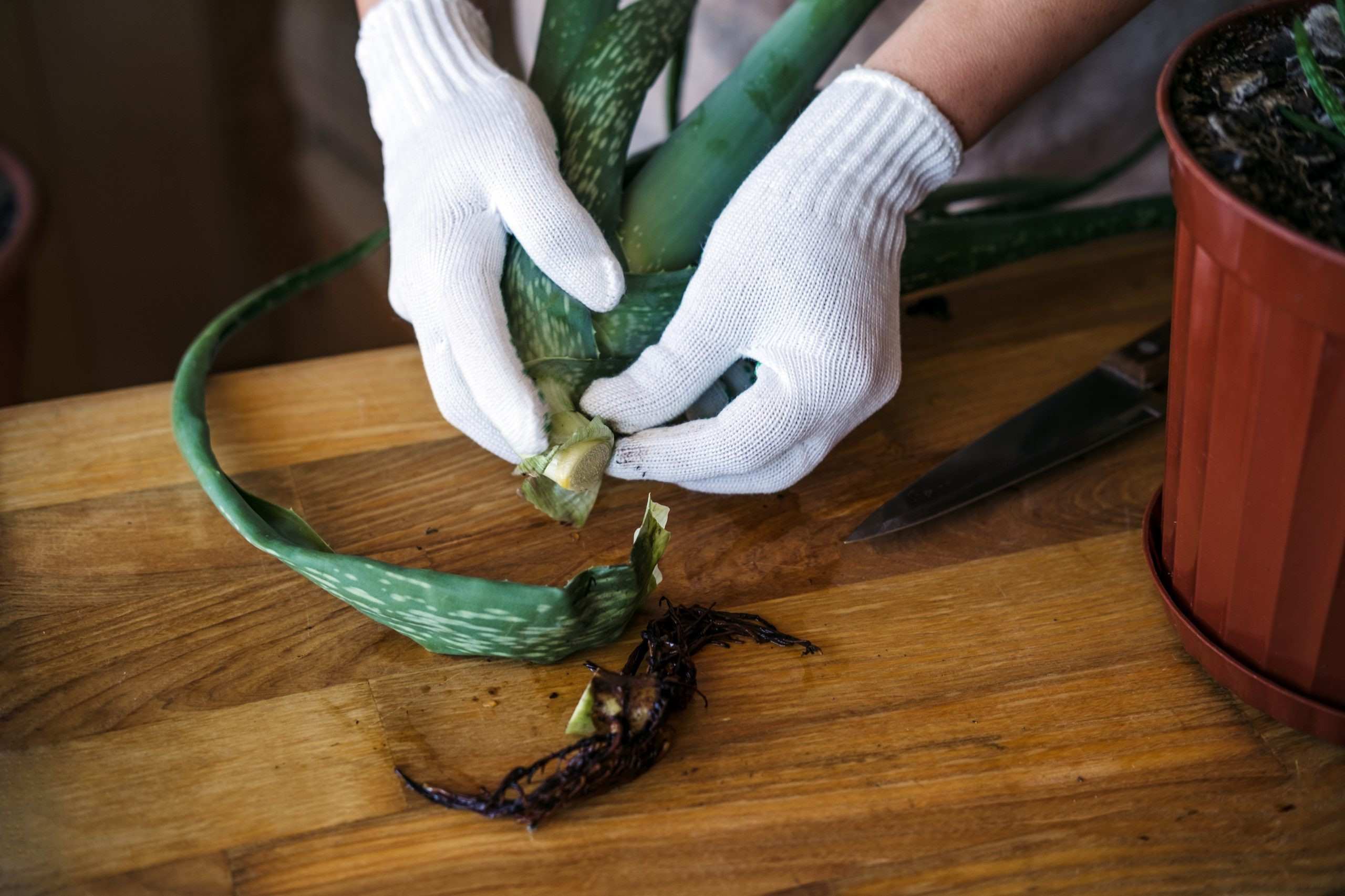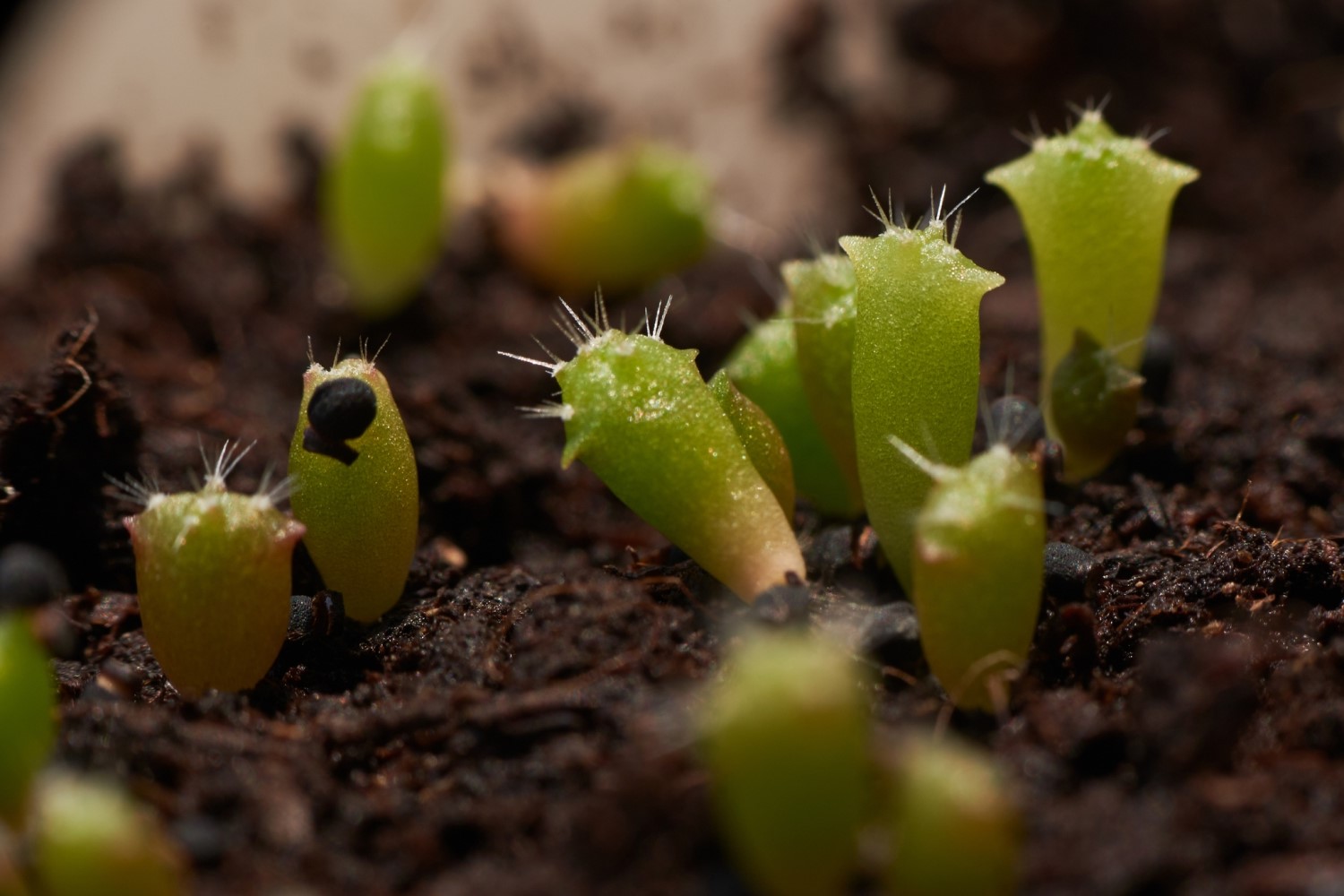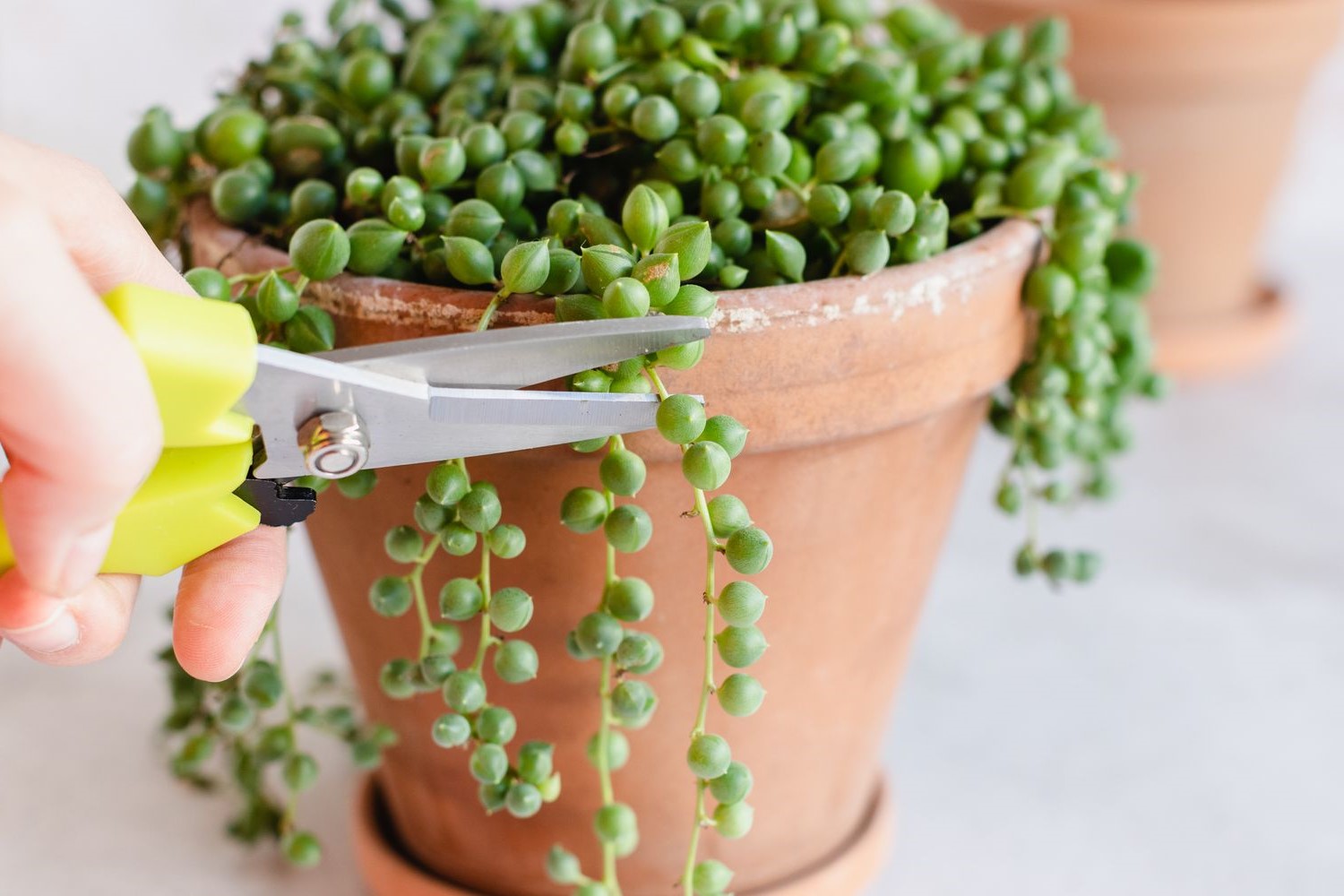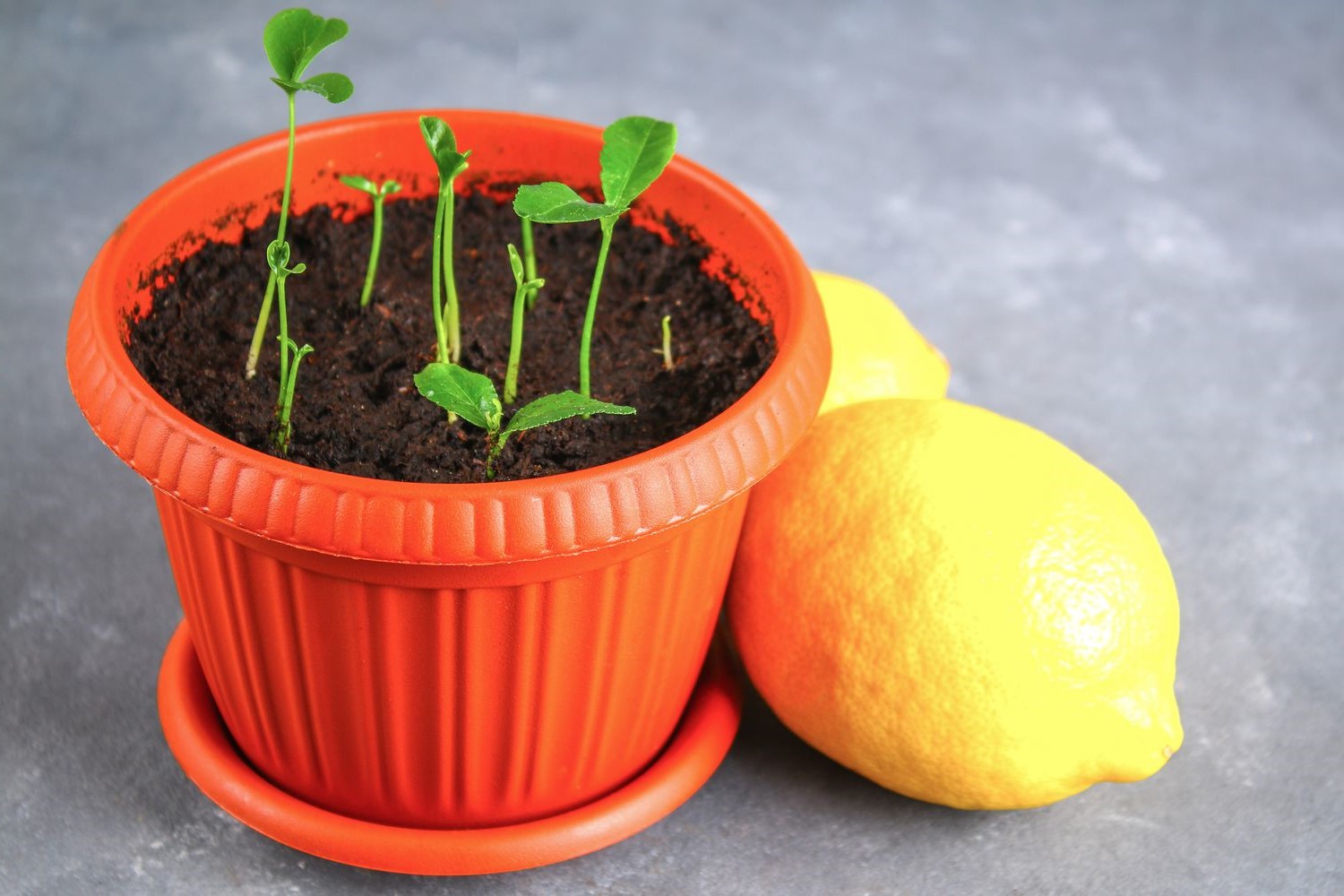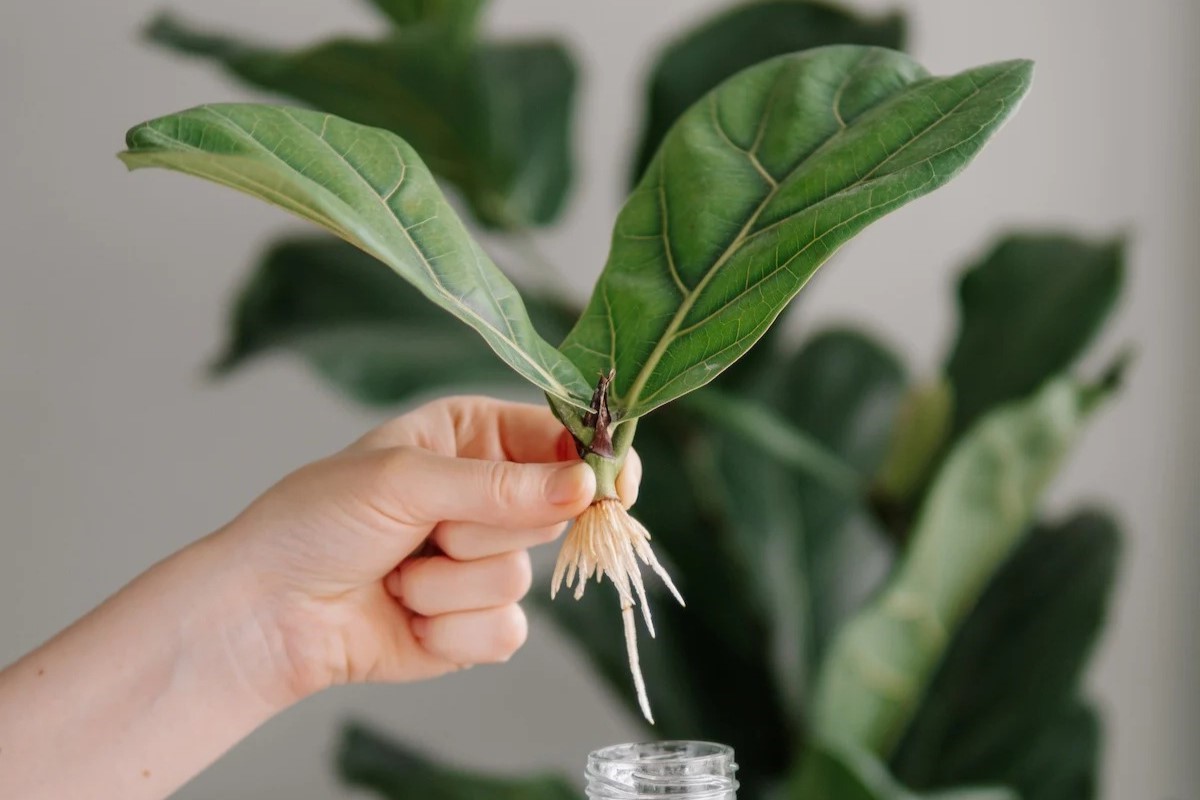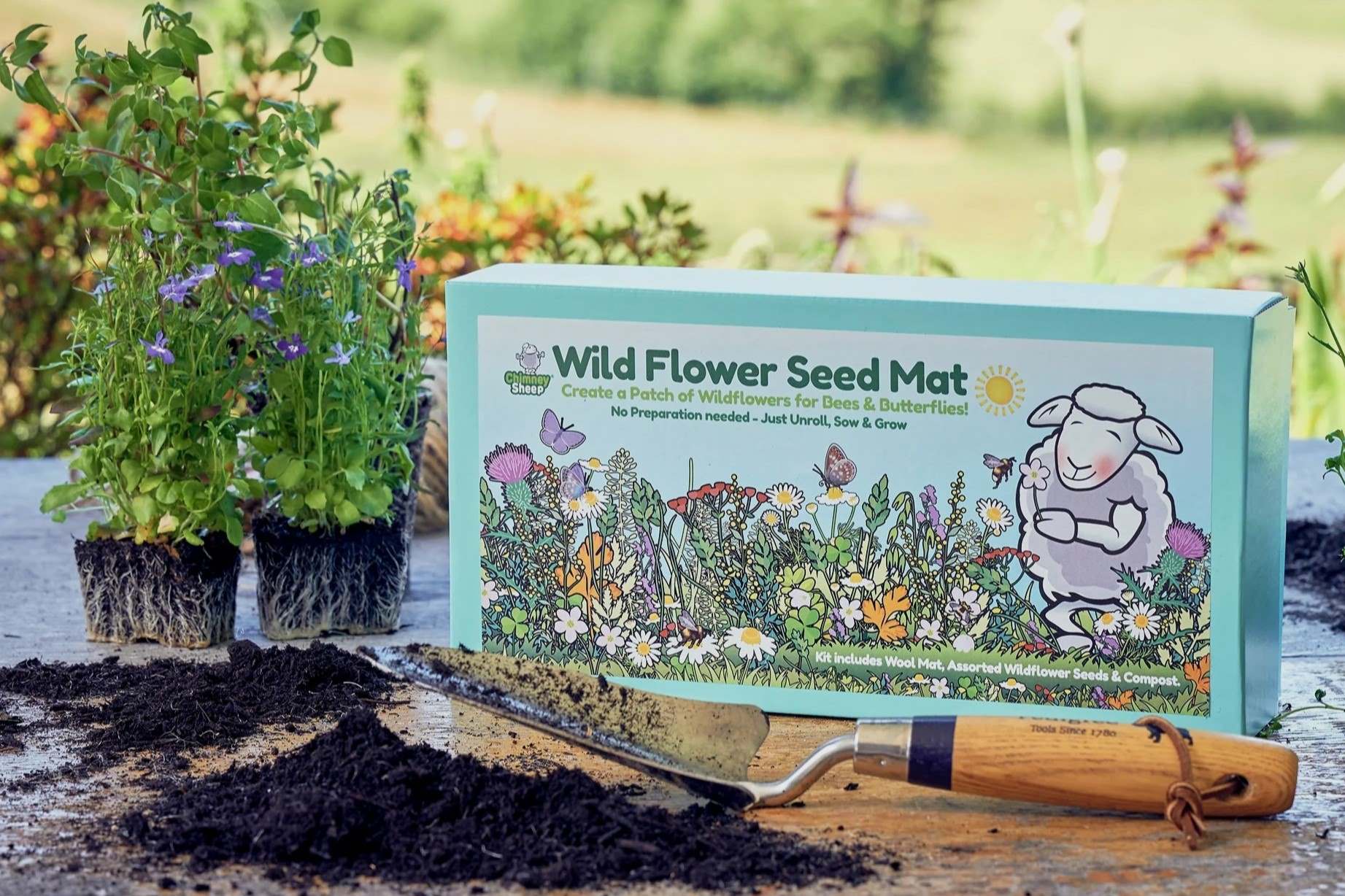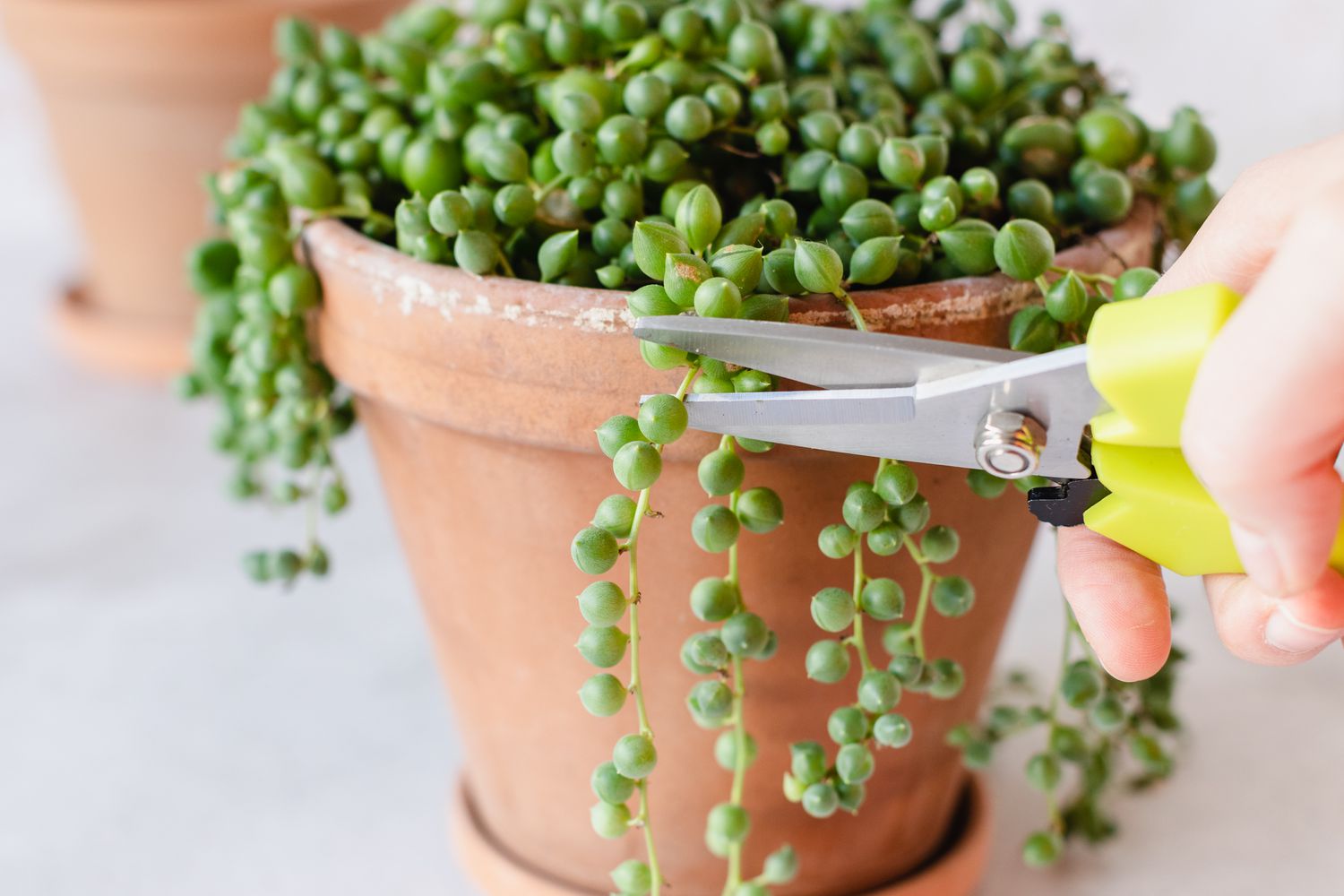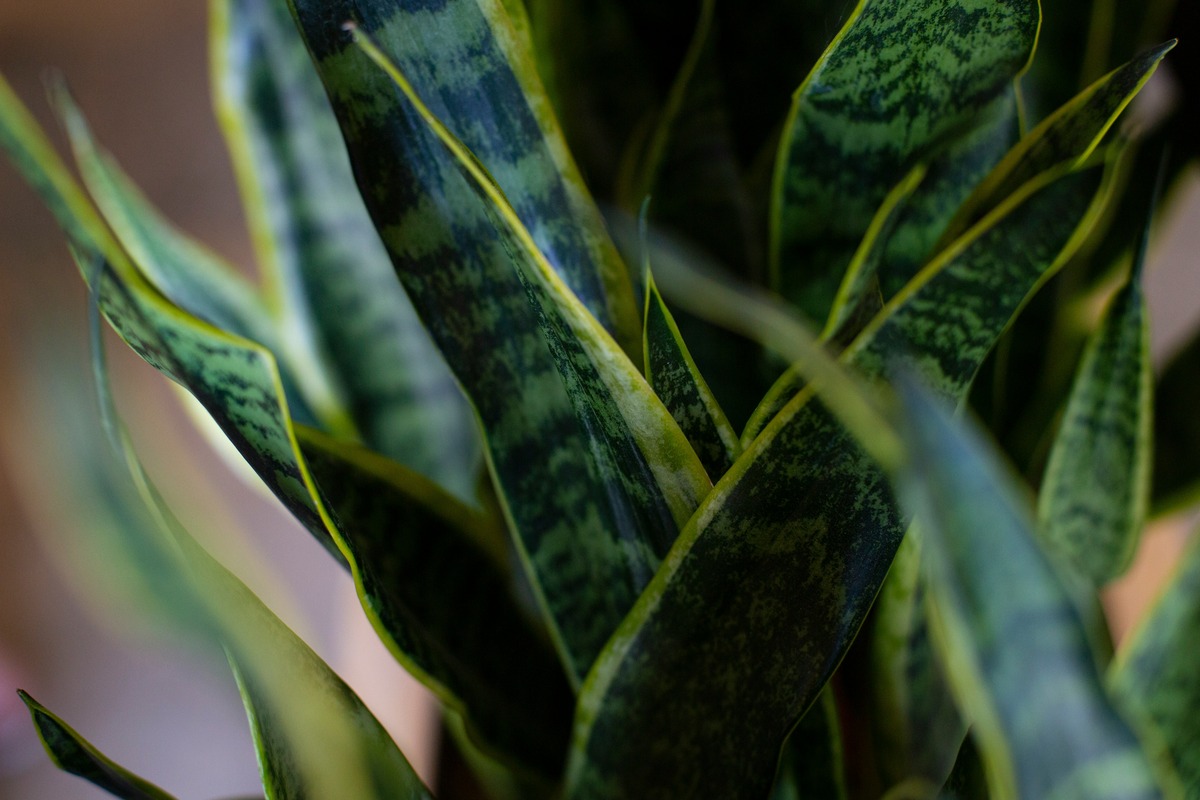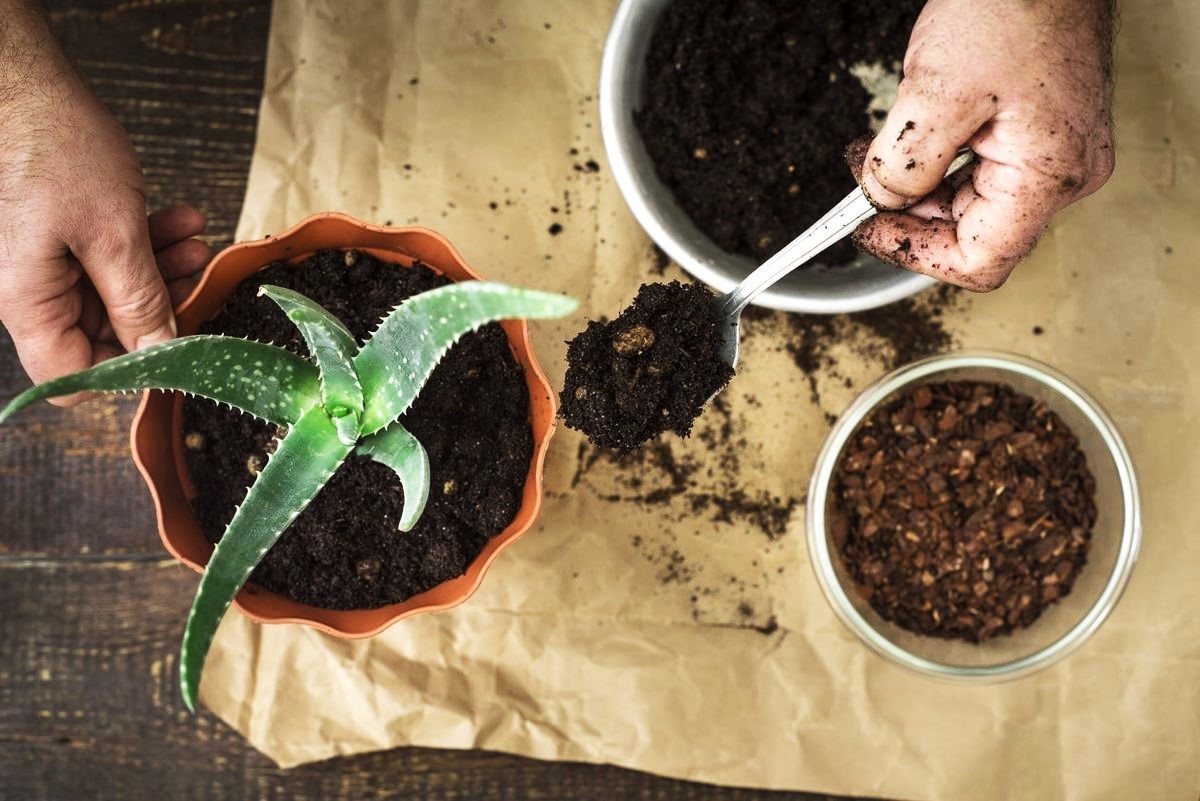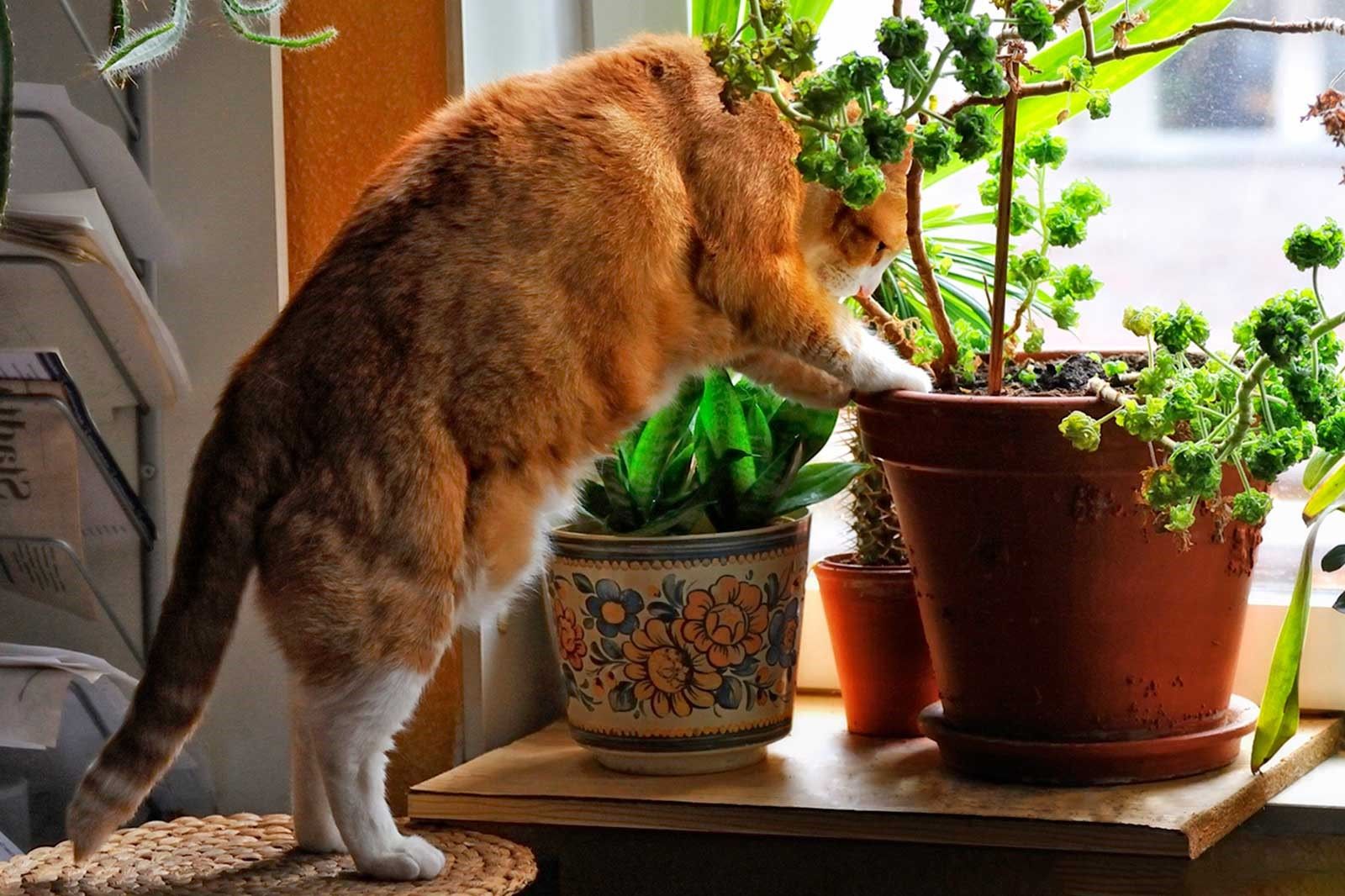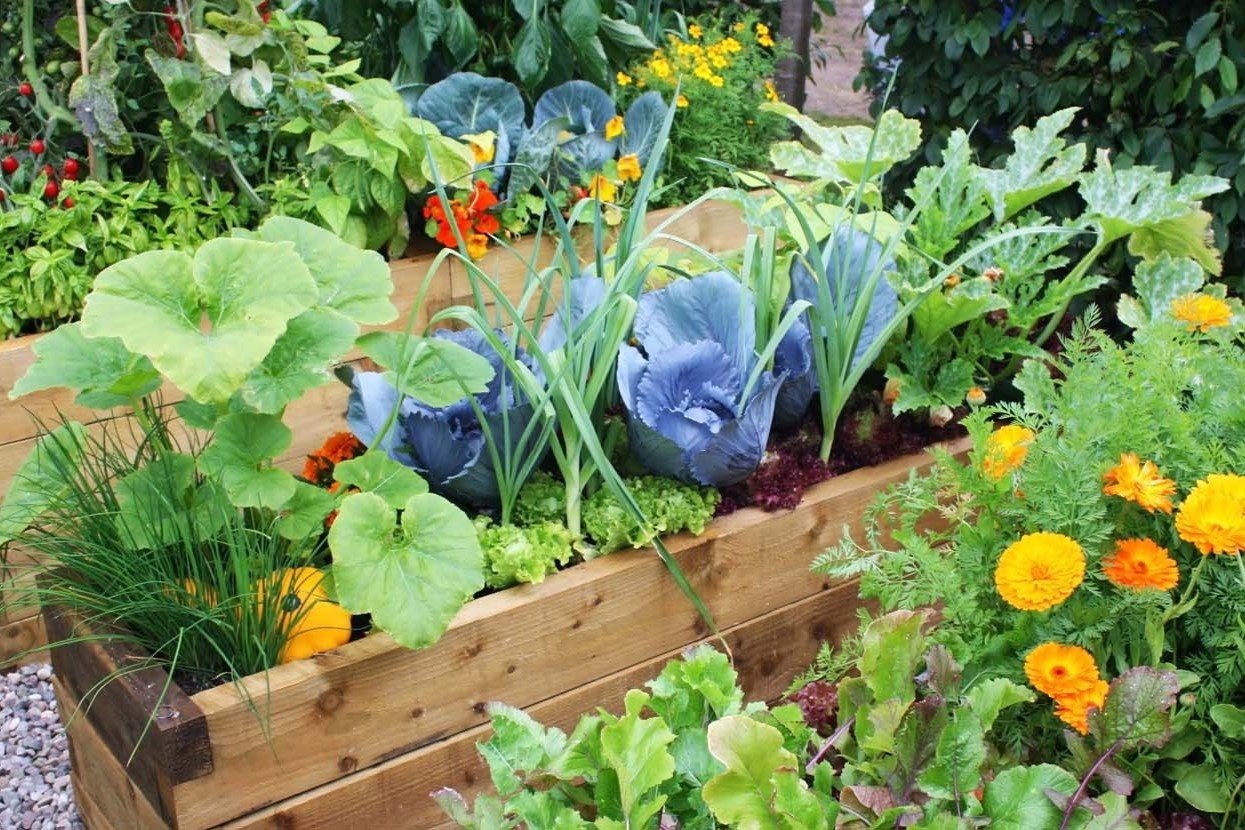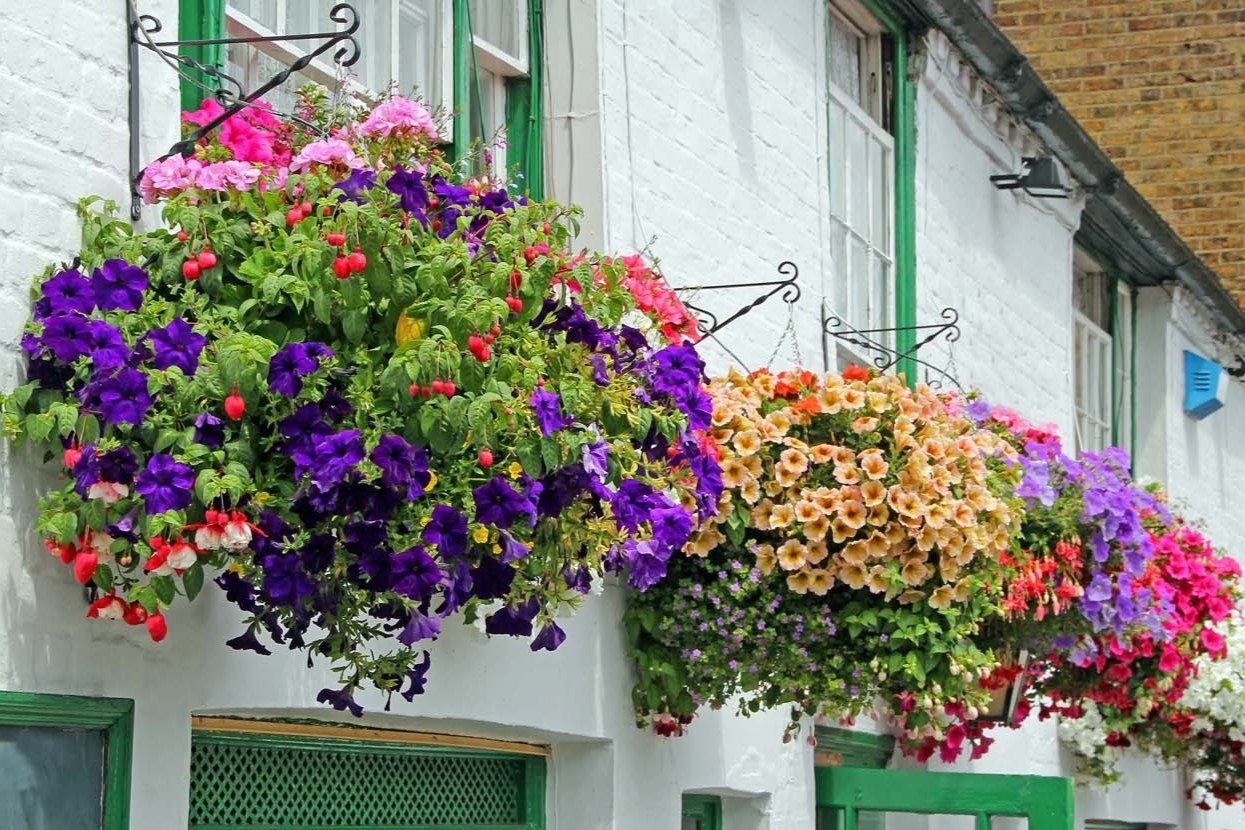Home>Home and Garden>How To Propagate Jade Plants
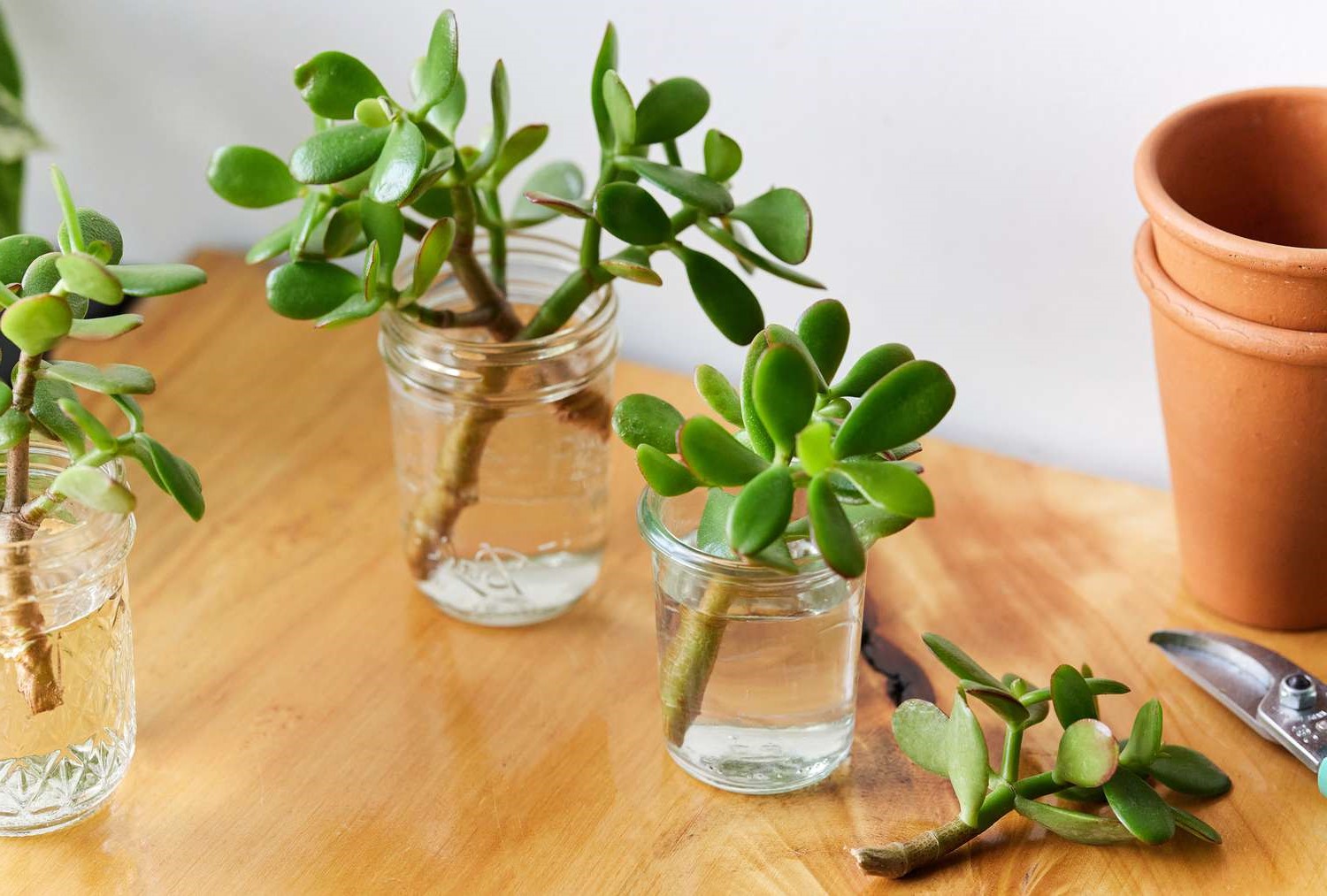

Home and Garden
How To Propagate Jade Plants
Published: March 3, 2024
Learn how to propagate jade plants at home with our comprehensive guide. Discover the best methods for successful propagation in your home and garden.
(Many of the links in this article redirect to a specific reviewed product. Your purchase of these products through affiliate links helps to generate commission for Noodls.com, at no extra cost. Learn more)
Table of Contents
Introduction
Jade plants, scientifically known as Crassula ovata, are cherished for their resilience and striking appearance. These succulents, with their vibrant green leaves and woody stems, are popular choices for both indoor and outdoor gardens. Their ability to thrive in various conditions and their low maintenance requirements make them a favorite among plant enthusiasts.
In this comprehensive guide, we will delve into the art of propagating jade plants. Whether you are a seasoned gardener or a novice plant parent, learning how to propagate these beautiful succulents can be a rewarding and fulfilling experience. By understanding the propagation methods and caring for newly propagated jade plants, you can expand your collection and share the beauty of these resilient plants with friends and family.
Join us as we explore the fascinating world of jade plant propagation, uncovering the techniques and tips that will empower you to propagate and nurture these captivating succulents. Let's embark on this journey to unlock the secrets of propagating jade plants and witness the joy of watching new life flourish in your garden or living space.
Read more: How To Propagate Rubber Plant
Understanding Jade Plants
Jade plants, also known as Crassula ovata, are renowned for their striking appearance and resilience. These succulents are characterized by their fleshy, oval-shaped leaves and thick, woody stems. Originating from South Africa, jade plants have become popular ornamental additions to households and gardens worldwide due to their adaptability and low maintenance requirements.
One of the most distinctive features of jade plants is their ability to store water in their leaves, allowing them to withstand periods of drought. This unique adaptation makes them well-suited for arid environments and contributes to their reputation as hardy and enduring plants.
In terms of appearance, jade plants can vary in size, ranging from small, compact varieties to larger, tree-like specimens. Their leaves exhibit shades of vibrant green, often with a glossy texture, adding a touch of natural elegance to any space.
Jade plants are not only visually appealing but also hold cultural significance in various traditions. In many cultures, these plants are believed to symbolize good luck, prosperity, and positive energy, making them popular choices for gifts and decorative accents.
When it comes to care, jade plants thrive in bright, indirect light and well-draining soil. They are sensitive to overwatering, so allowing the soil to dry out between waterings is crucial for their health. Additionally, jade plants can benefit from occasional pruning to maintain their shape and encourage bushier growth.
Understanding the unique characteristics and care requirements of jade plants is essential for successfully propagating and nurturing them. By gaining insight into their natural traits and preferences, you can create an environment that fosters their growth and ensures their long-term vitality.
As we delve into the propagation methods and care tips for jade plants, this foundational understanding of their nature will serve as a valuable guide, allowing you to embark on the journey of propagating and caring for these remarkable succulents with confidence and expertise.
Propagation Methods
Propagating jade plants can be an immensely rewarding endeavor, offering the opportunity to expand your collection and share the beauty of these resilient succulents with others. There are several effective methods for propagating jade plants, each with its own unique advantages. Whether you prefer to propagate from stem cuttings, leaf cuttings, or offsets, understanding the intricacies of each method is key to achieving successful propagation results.
Propagating from Stem Cuttings
One of the most popular and reliable methods for propagating jade plants is through stem cuttings. To begin, select a healthy stem from the parent plant, ensuring that it is free from any signs of damage or disease. Using a clean, sharp knife or shears, carefully cut a section of the stem, typically around 2-3 inches in length. Allow the cutting to air dry for a day or two to form a callus, which helps prevent rotting when it is planted.
Once the cutting has calloused, it can be planted in a well-draining potting mix, such as a blend of succulent soil and perlite. Ensure that the cutting is planted upright and that the soil is lightly moist. Place the pot in a warm, bright location with indirect sunlight, and avoid overwatering to prevent rot. Over time, the cutting will develop roots and begin to grow, eventually becoming a new jade plant.
Propagating from Leaf Cuttings
Another effective method for propagating jade plants is through leaf cuttings. Select a healthy leaf from the parent plant and gently remove it, ensuring that the leaf is intact and free from any damage. Allow the leaf cutting to air dry for a day or two to form a callus, similar to the process for stem cuttings.
Once the callus has formed, place the leaf cutting on top of a well-draining potting mix, ensuring that the end of the leaf makes contact with the soil. Mist the soil lightly to provide moisture, and place the pot in a warm, bright location with indirect sunlight. Over time, the leaf cutting will develop roots and new plantlets, eventually giving rise to a cluster of young jade plants.
Read more: How To Propagate Snake Plants
Propagating from Offsets
Jade plants often produce offsets, also known as "babies" or "pups," which can be separated from the parent plant and propagated independently. To propagate from offsets, carefully remove the offset from the parent plant, ensuring that it has its own root system or allowing it to develop roots before planting it in a separate container. Provide the offset with appropriate care, including adequate sunlight and well-draining soil, to encourage its growth and establishment as a new jade plant.
By exploring these propagation methods and understanding the unique requirements of each approach, you can embark on the journey of propagating jade plants with confidence and skill. Each method offers its own set of advantages, allowing you to choose the approach that best suits your preferences and resources. As you delve into the art of propagation, you will witness the remarkable process of new life emerging from cuttings and offsets, enriching your gardening experience and fostering a deeper connection with these captivating succulents.
Propagating from Stem Cuttings
Propagating jade plants from stem cuttings is a widely favored method due to its reliability and simplicity. This approach allows for the creation of new plants that retain the characteristics of the parent plant, ensuring a seamless continuation of desirable traits. The process begins with the careful selection of a healthy stem from the parent plant, free from any signs of damage or disease. Using a clean, sharp knife or shears, a section of the stem, typically around 2-3 inches in length, is carefully cut.
Once the stem cutting is obtained, it is crucial to allow it to air dry for a day or two. This period of drying facilitates the formation of a callus at the cut end, which plays a vital role in preventing rotting when the cutting is planted. The callusing process is essential for the successful establishment of the cutting as it creates a protective barrier, allowing it to focus its energy on root development once planted.
After the cutting has formed a callus, it is ready to be planted in a well-draining potting mix. A blend of succulent soil and perlite is often recommended to provide the ideal growing medium for the cutting. When planting the cutting, it is important to ensure that it is positioned upright and that the soil is lightly moist, striking a balance to avoid overwatering, which can lead to rot.
The newly potted cutting should be placed in a warm, bright location with indirect sunlight. This environment provides the optimal conditions for root development and overall growth. Regular monitoring of the soil moisture is essential, and it is crucial to avoid overwatering during this critical stage. Over time, the cutting will begin to develop roots and initiate new growth, marking the successful transition into a new jade plant.
The process of propagating jade plants from stem cuttings offers a deeply rewarding experience, allowing plant enthusiasts to witness the remarkable journey of new life emerging from a single cutting. As the cutting transforms into a thriving plant, it serves as a testament to the resilience and adaptability of jade plants, inspiring a sense of wonder and appreciation for the natural world. Through the propagation of stem cuttings, the legacy of these captivating succulents continues to flourish, enriching living spaces and gardens with their timeless beauty and enduring charm.
Propagating from Leaf Cuttings
Propagating jade plants from leaf cuttings presents an intriguing and effective method for expanding your collection of these captivating succulents. This approach offers a unique opportunity to witness the remarkable process of new plantlets emerging from individual leaves, showcasing the resilience and adaptability of jade plants. The process begins with the careful selection of a healthy leaf from the parent plant, ensuring that it is free from any damage or blemishes.
Once the suitable leaf is identified, it is gently removed from the parent plant, taking care to preserve its integrity. The next crucial step involves allowing the leaf cutting to air dry for a day or two. This period of drying is essential for the formation of a callus at the cut end of the leaf. Similar to the process for stem cuttings, the formation of a callus plays a pivotal role in preventing rotting and facilitating the successful establishment of the leaf cutting.
After the callus has formed, the leaf cutting is placed on top of a well-draining potting mix, ensuring that the end of the leaf makes contact with the soil. This positioning allows the leaf to establish contact with the growing medium, facilitating the development of roots and new plantlets. Lightly misting the soil provides the necessary moisture for the propagation process, creating an environment conducive to growth.
The pot containing the leaf cutting is then positioned in a warm, bright location with indirect sunlight. This setting offers the optimal conditions for the leaf cutting to initiate root development and begin its transformation into a new jade plant. Regular monitoring of the soil moisture is essential during this phase, and overwatering should be avoided to prevent potential issues such as rot or fungal growth.
Over time, the leaf cutting will exhibit signs of growth, with new plantlets emerging from the base of the leaf. This remarkable transformation marks the successful propagation of jade plants from leaf cuttings, showcasing the inherent vitality and regenerative capabilities of these resilient succulents. As the new plantlets continue to develop, they represent a testament to the enduring beauty and adaptability of jade plants, enriching living spaces with their timeless charm and natural elegance.
The process of propagating jade plants from leaf cuttings offers a captivating journey into the world of plant propagation, allowing individuals to witness the awe-inspiring process of new life emerging from individual leaves. Through this method, the legacy of jade plants continues to thrive, fostering a deeper connection with nature and the remarkable potential for growth and renewal that exists within the plant kingdom.
Propagating from Offsets
Propagating jade plants from offsets, also known as "babies" or "pups," offers a fascinating and straightforward method for expanding your collection of these resilient succulents. Offsets are naturally occurring, miniature versions of the parent plant that develop alongside the main stem. These young plants can be carefully separated from the parent plant and propagated independently, providing a convenient and reliable means of creating new jade plants.
To begin the process of propagating from offsets, it is essential to identify a healthy and well-established offset on the parent plant. The offset should ideally have its own root system, indicating its readiness for independent propagation. If the offset is not yet rooted, it can be allowed to develop roots while still attached to the parent plant, ensuring its stability and readiness for separation.
Once the offset is deemed ready for propagation, it can be gently removed from the parent plant using a clean, sharp knife or shears. Care should be taken to avoid damaging the roots or the main stem of the parent plant during this process. The separated offset can then be planted in a separate container, providing it with its own space to grow and thrive.
When planting the offset, it is crucial to use a well-draining potting mix to ensure optimal growing conditions. A blend of succulent soil and perlite is often recommended to provide the ideal medium for the offset to establish itself. This well-draining mix helps prevent issues such as waterlogging, which can be detrimental to the development of the young plant.
After planting the offset, it should be positioned in a warm, bright location with indirect sunlight. This environment provides the necessary conditions for the offset to acclimate and initiate new growth. Regular monitoring of the soil moisture is essential, and overwatering should be avoided to prevent potential issues such as rot or fungal growth.
As the offset continues to establish itself in its new container, it will gradually develop and grow, eventually becoming a thriving jade plant in its own right. This process of propagating from offsets allows for the creation of new plants that inherit the characteristics and resilience of the parent plant, ensuring a seamless continuation of desirable traits.
By exploring the method of propagating from offsets, plant enthusiasts can witness the remarkable journey of new life emerging from these miniature versions of the parent plant. As the offset transforms into a thriving jade plant, it serves as a testament to the enduring beauty and adaptability of these captivating succulents, enriching living spaces and gardens with their timeless charm and natural elegance.
Read more: How To Propagate Hydrangeas
Caring for Newly Propagated Jade Plants
Caring for newly propagated jade plants is a crucial aspect of ensuring their successful establishment and long-term vitality. As these young plants transition into their new environment, providing the appropriate care and attention is essential for fostering healthy growth and resilience.
Upon successfully propagating jade plants through stem or leaf cuttings, or by separating offsets, it is important to create an environment that supports their acclimatization and development. Here are key considerations for caring for newly propagated jade plants:
1. Optimal Light and Temperature:
- Place the newly propagated jade plants in a location with bright, indirect sunlight. Avoid exposing them to intense, direct sunlight initially, as this can cause sunburn and stress.
- Maintain a consistent temperature range of 65-75°F (18-24°C) to provide a conducive environment for growth and adaptation.
2. Proper Watering:
- Allow the soil to dry out partially between waterings to prevent overwatering, which can lead to root rot. Water sparingly, especially during the initial stages of growth.
- Use a well-draining potting mix to ensure that excess water does not accumulate around the roots, promoting healthy root development.
3. Humidity and Air Circulation:
- Provide adequate air circulation around the newly propagated plants to prevent moisture-related issues such as fungal infections.
- Maintain moderate humidity levels, especially during the rooting phase, to support the establishment of the young plants.
Read more: How To Propagate Monstera
4. Soil and Fertilization:
- Use a well-draining soil mix specifically formulated for succulents to provide the ideal growing medium for the newly propagated jade plants.
- Refrain from fertilizing the young plants immediately after propagation, as they may be sensitive to concentrated nutrients. Wait until they have established a robust root system before considering light fertilization.
5. Monitoring and Patience:
- Regularly monitor the condition of the newly propagated jade plants, observing their growth and response to the environment.
- Exercise patience and avoid making significant changes to their care routine unless necessary, allowing the plants to acclimate gradually.
By prioritizing these care considerations, you can provide the optimal conditions for newly propagated jade plants to thrive and establish themselves in their new environment. As they adapt and grow, these resilient succulents will reward your attentive care with vibrant foliage and a flourishing presence in your home or garden.
Conclusion
In conclusion, the art of propagating jade plants unveils a world of wonder and growth, allowing plant enthusiasts to witness the remarkable journey of new life emerging from cuttings and offsets. Through the propagation methods of stem cuttings, leaf cuttings, and offsets, individuals can expand their collection of these resilient succulents while preserving their desirable traits and characteristics. The process of propagating jade plants not only offers a means of creating new plants but also fosters a deeper connection with nature and the inherent potential for renewal and growth.
As we explored the propagation methods, it became evident that each approach carries its own unique advantages, catering to different preferences and resources. Propagating from stem cuttings offers reliability and the preservation of specific traits, while leaf cuttings provide a captivating insight into the regenerative capabilities of jade plants. Additionally, propagating from offsets presents a convenient method for creating new plants that inherit the resilience and adaptability of the parent plant.
The journey of caring for newly propagated jade plants is a testament to the dedication and nurturing spirit of plant enthusiasts. Providing the optimal conditions for acclimatization, growth, and resilience is essential for ensuring the successful establishment of these young plants. By prioritizing factors such as light, temperature, watering, and soil, individuals can create an environment that supports the flourishing of newly propagated jade plants, allowing them to thrive and enrich their surroundings with their timeless beauty.
The propagation of jade plants transcends the physical act of creating new plants; it embodies the spirit of growth, renewal, and appreciation for the natural world. As new plants emerge and flourish, they serve as reminders of the enduring beauty and adaptability of jade plants, inspiring a sense of wonder and connection with the cycles of life. Whether adorning living spaces or enhancing garden landscapes, these resilient succulents continue to captivate and enrich the lives of those who cultivate them.
In essence, the journey of propagating and caring for jade plants is a celebration of life, growth, and the enduring beauty of nature. As we witness the transformation of cuttings and offsets into thriving plants, we are reminded of the remarkable potential for renewal that exists within the plant kingdom. Through the art of propagation, the legacy of jade plants continues to flourish, leaving a lasting impression of resilience, vitality, and natural elegance.
